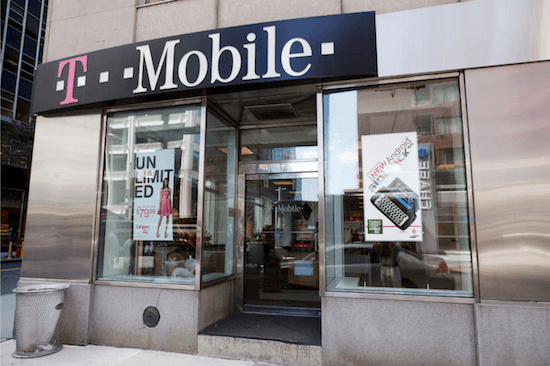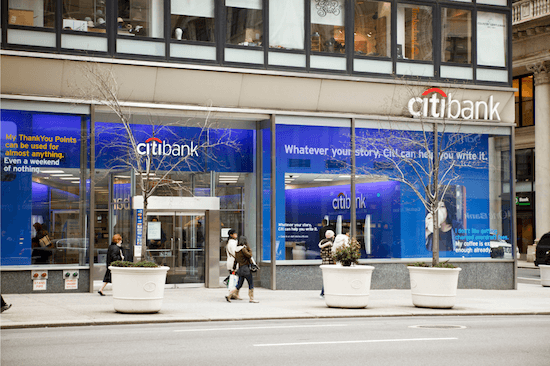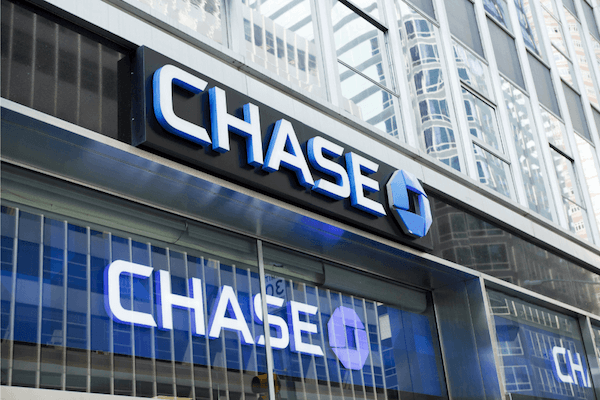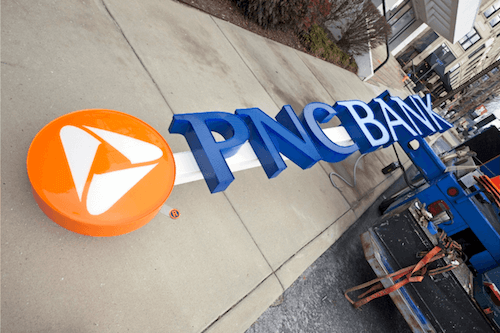
T-Mobile partnered with Customers Bank to launch T-Mobile MONEY back in 2018. The account is FDIC-insured through Customers Bank up to the applicable limits.
If you’re not a T-Mobile customer, don’t worry, you don’t need to be to open the account, however, you won’t be eligible for the best APY (annual percentage yield) on your balance unless you have a wireless plan with them.
The account earns either 4.00% or 2.50% APY on balances up to $3,000 depending on whether or not you can meet their criteria.
To meet the criteria you must:
- Have a qualifying T-Mobile wireless plan.
- Register for perks
- Make at least 10 qualifying transactions with your T-mobile MONEY debit card per month. Instant payments to friends and family count towards this number as well.
If you do meet the criteria, you’ll earn 4.00% APY up to $3,000 followed by 2.50% APY on cash balances above that mark and if you don’t meet the criteria, you’ll earn 2.50% APY on your entire balance.
When the account launched in 2018 it provided these same yields – which were highly competitive at the time – but have failed to increase with the Fed’s series of rate hikes beginning in 2022.
To learn more about T-Mobile MONEY continue reading our review below.
T-Mobile MONEY Interest Rate + Account Details
T-Mobile MONEY requires a minimum opening deposit and an average daily balance of at least $1.00 in order to earn interest. There are no minimum balance requirements to avoid fees or account closure.
APY
| Criteria Met | Balance | APY |
| Yes | $3,000 or less | 4.00% |
| Yes | more than $3,000 | 2.50% |
| No | $3,000 or less | 2.50% |
| No | more than $3,000 | 2.50% |
To put these yields into perspective, take a look at the current national averages for similar accounts (source: FDIC):
- Interest checking – 0.07%
- Money market account – 0.62%
- Savings account – 0.43%
That said, top yields from FDIC-insured online banks are hovering around 5.00% APY for online savings accounts and 2.0% APY for interest bearing checking accounts. Most of the checking accounts come with monthly requirements to earn a high yield. These include things like setting up a direct deposit for each month and opting to receive e-statements.
How does T-Mobile MONEY Compare?
To get a better idea of how T-Mobile MONEY’s APY (annual percentage yield) stacks up against the competition, we’ve compared it to other variable rate deposit accounts in the table below. All of the accounts below come with a debit card.
| Account | Balance | APY |
| Gesa Credit Union SmartPlus Checking | up to $5,000 | 7.00% |
| FNBO Direct Checking | All balances | 0.15% |
| SoFi Checking | All balances | 0.50% |
| T-Mobile MONEY | up to $3,000 | 4.00% |
Pros and Cons
Take a look at the Pros and Cons of the T-Mobile MONEY account below.
Pros:
✅ Early access to paycheck (up to 2 days early) once you set up direct deposit.
✅ Free debit card (Mastercard) with free access to 55,000 ATMs.
✅ Save $5 per eligible phone line per month when you pay with your T-Mobile MONEY debit card and set up AutoPay.
✅ Get cash back dining out, travel and more when you use your T-Mobile MONEY debit card through participating businesses. Learn more here.
✅ No overdraft fees, plus they’ll spot you $50 if you overdraft when criteria is met.
✅ Mobile check deposit via their IOS or Android app.
✅ High interest rate on first $3,000 when criteria is met.
✅ Low minimum to open and no monthly balance requirements.
✅ FDIC insurance up to $250,000.
Cons:
🛑 No physical branches.
🛑 Very difficult to deposit cash and you’ll likely be charged 3rd party fees to do so. See FAQ section below for more details.
Compounding and Crediting Interest
Interest is compounded monthly and credited back to your account monthly.
Transferring MONEY
There are a few different ways to move MONEY in and out of this account.
First, you may fund the account via:
- Direct deposit
- Mobile check deposit
- ACH bank transfer
- Cash deposit (at more than 65,000 participating merchants including select Walgreens, Walmart, 7-Elevens and CVS locations)
You may make a transfer as a one-time transaction or set up recurring transfers from a linked bank account to fund this account.
For recurring payments going out of your account you can set up the bill pay feature. There is no charge for using this service. Transactions up to $10,000/each are permitted when using bill pay and there is a daily limit of $20,000.
You can also send money to friends and family directly from your MONEY account.
Here’s how:
- Go to Move money.
- Select Pay friends > Send money.
- Select a friend to receive the payment (the recipient must accept your friend request to appear on this list).
- Review and confirm the recipient and payment amount before completing the transfer. Payments can’t be canceled or returned once sent.
📌 Please note: T-Mobile MONEY does not support requesting payments from friends at this time.
There is a $500 daily limit when sending money to friends or family and a $5,000 monthly limit (30 day rolling period).
📌 Please note: Incoming and outgoing wire transfers are not permitted for any account holders.
T-Mobile MONEY Debit Card
This account comes with a free Mastercard debit card that does not charge foreign transaction fees or card replacement/activation fees.
You’ll have free access to 55,000 ATMs worldwide and T-Mobile does not impose a fee for using 3rd party ATMs (although the 3rd party likely will).
You can withdraw up to $500 per day from ATMs using this card and make up to $2,500 in combined PIN, point-of-sale, or signature-based transactions per day. PIN transactions may not exceed $500 each.
Early Direct Deposit
This account offers early direct deposit to all account holders. To use this feature, just link your direct deposit to this account and it will automatically become eligible for early transfer. And during tax season, you can get your refund up to three days early when you choose to receive it via direct deposit and use your T-Mobile MONEY account.
Overdraft Protection
Overdraft protection up to $50 is also available, but it is offered exclusively to T-Mobile phone customers. There is no fee for using overdraft protection. To enroll, you need to make at least 10 qualifying purchases using your debit card in the first month, and then you will receive this benefit for as long as your account is open.
T-Mobile Money FAQs
Still have questions about the T-Mobile Money account? Take a look at what other consumers are asking around the web along with our responses below.
Is T-Mobile Money a Real Bank?
No. T-Mobile Money is not a bank themselves, but has partnered with Customers Bank to create T-Mobile Money. Funds held in a T-Mobile Money account are federally insured by the FDIC through Customers Bank (FDIC# 34444) up to $250,000 per depositor or $500,000 on joint accounts.
Does T-Mobile Money Offer Joint Accounts?
Yes. T-Mobile Money offers joint accounts, but only one checking, one savings account and one shared savings account can be opened per customer.
Does T-Mobile Money Offer Business Accounts?
No. T-Mobile Money is for individual consumers and their family members only per the time of this writing.
Who is Customers Bank?
Customers Bank, based out of Phoenixville, PA, was founded in 2009 and has over $22 billion in assets. They offer banking and loan services in Florida, Illinois, Massachusetts, New Hampshire, New Jersey, New York, North Carolina, Pennsylvania, Rhode Island and Texas.










